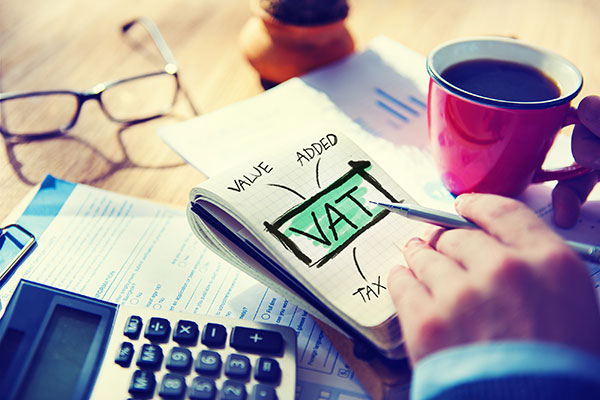VAT refunds when a customer goes bust or refuses to pay

A customer refusing to pay you makes you mad. A customer who bought from you in the knowledge that he or she couldn’t pay makes you even madder. When this happens, what are your rights regarding VAT refunds?
VAT Refunds – first, are you on the right VAT system for your business?
First, if your business turns over less than £1.35m per annum and doesn’t take payment when an order is placed (for example, you send over 30-, 60- or 90-day invoices), you should be on the cash accounting scheme.
How this is different from the standard VAT system is that you only pay VAT on invoices which have actually been paid. With standard VAT, you’re eligible to pay VAT when you’ve raised your invoice.
For your cash flow, cash accounting can make a big and positive difference when your VAT bill is actually due.
Panthera note - you don’t need to tell HMRC that you’re using the cash accounting scheme. Want some guidance on it? Call or email us and we’ll be really happy to help.
VAT Refunds – what about flat VAT schemes?
The flat VAT scheme was designed by HMRC to collect exactly the same amount of VAT revenue as a standard VAT scheme but make it simpler for companies.
With the flat rate scheme, you can’t claim back input VAT (VAT on goods and services your business buys). With flat rate VAT, you pay a pre-determined percentage of your turnover (including VAT) every quarter.
How does this work? If you run a secretarial services company and you invoice your customer for £1,000 + VAT (equalling £1,200 in total), you keep aside 13% of this invoice (£156) and that goes onto your quarterly VAT bill.
However, at time of writing, if your secretarial services company did not receive payment, you can subtract the £156 that you’d pay HMRC from the £200 VAT and claim that £44 back as a special allowance on your next VAT return.
VAT Refunds – when can you lodge a claim?
To claim a bad debt refund, make sure that these conditions are met –
• the invoice is more than 6 months overdue for payment (not 6 months after issue),
• the invoice has been written off and it is recorded as such in your accounts, and
• the output VAT (the VAT amount you put on your invoice) has been declared and paid to HMRC on a VAT return.
Your debt must not have been sold or assigned to another organisation, like an invoice factorer.
VAT Refunds – what records do you need to keep?
Should HMRC enquire about a bad debt VAT refund request, make sure that you have the following to hand for four years after you make your claim –
• a copy of the VAT invoice you’re claiming bad debt relief on,
• how much you’re writing off as a bad debt,
• that VAT on which you have made a claim for bad debt relief,
• the VAT period you claimed relief in,
• the total amount of VAT you charged on the sale,
• the VAT period during which you originally paid the VAT,
• any part-payment received (shown separately for each invoice),
• your customer’s name,
• the invoice date, and
• the invoice number
VAT Refunds – what if my customer pays me after getting my refund?
If your customer eventually does the honourable thing and pays you what you’re owed, you’ll need to let HMRC know by putting the total you’re repaying in Box 1 of your VAT return.
If they pay you everything, you pay the VAT back in full. If it’s a part payment, you must pay the VAT back on the part payment.
VAT Refunds – what if my customer pays me after getting my refund?
Want help accounting for a VAT refund? Please get in touch with the team on 01235 768 561 or email enquiries@pantheraaccounting.co.uk.

